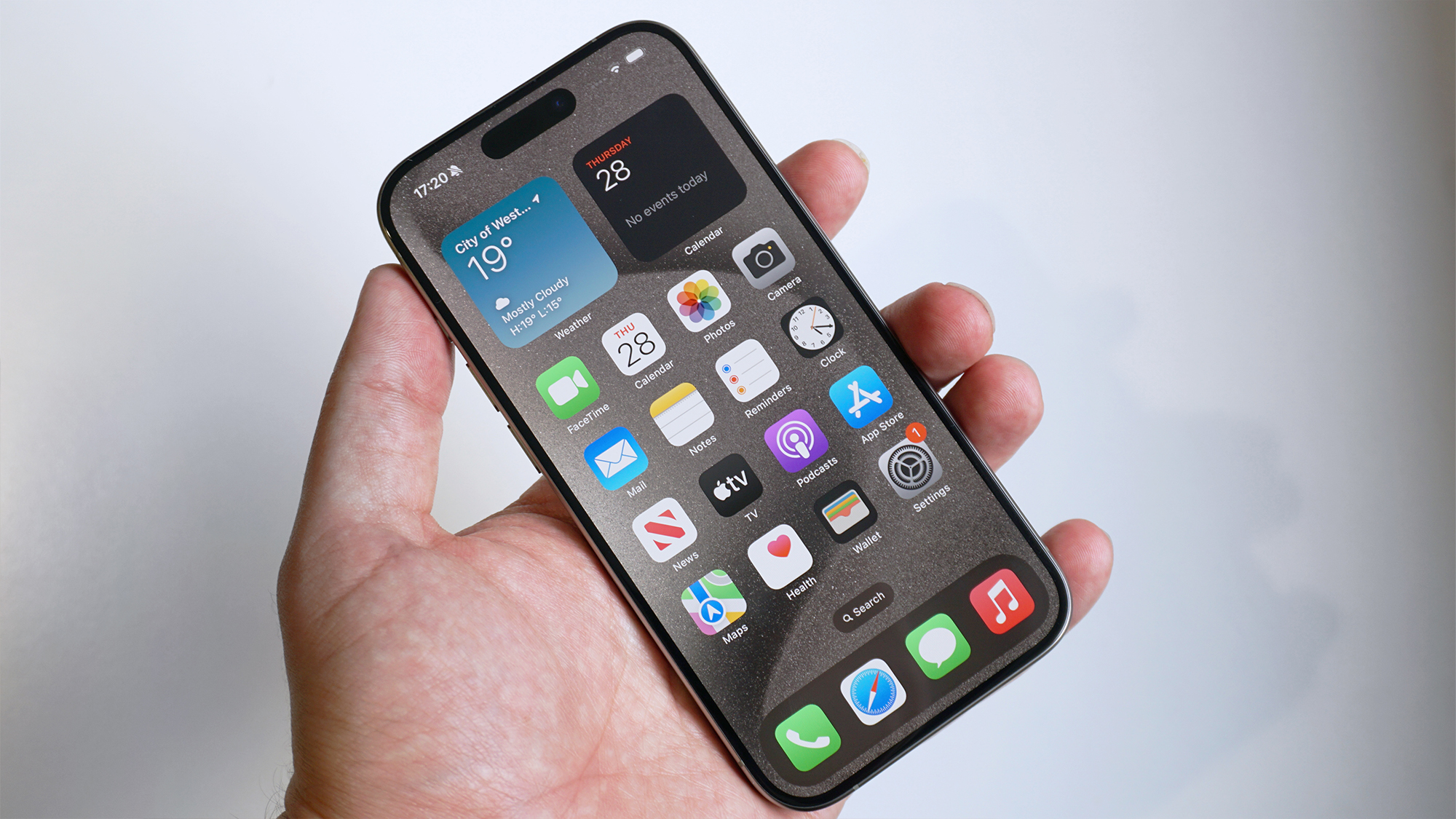
The iPhone 15 may have only just arrived, but new rumors surrounding the iPhone 16 line suggest unwelcome price increases could be on the horizon in 2024.
According to a new Nikkei Asia report, the unexpectedly high (and in some cases, record-high) production costs of the iPhone 15 and its siblings could force Apple to mark up iPhone 16 prices next year.
Per the outlet, the iPhone 15 Pro Max costs Apple $558 to produce; a 12% increase over the equivalent production cost of the iPhone 14 Pro Max. The new phone’s telephoto camera, specifically, costs 380% more than its predecessor’s, while the titanium frame on the iPhone 15 Pro Max (and iPhone 15 Pro) likewise costs more to produce than the aluminum used in Apple’s iPhone 14 Pro phones.
It’s a familiar story for the A17 Pro chip. Apple’s new chipset reportedly costs $130 to produce; that’s 27% more than last year’s A16 Bionic. The standard iPhone 15 and iPhone 15 Plus cost more to produce than their predecessors, too, at $423 and $442, respectively.
Despite these increased costs, Apple didn’t increase the retail price of the iPhone 15 line at launch – by and large, prices for all four models remained in line with their iPhone 14 equivalents (Apple did, however, do away with a 128GB Pro Max model this year).
| Model | Starting price |
|---|---|
| iPhone 15 | $799 / £799 / AU$1,499 |
| iPhone 15 Plus | $899 / £899 / AU$1,649 |
| iPhone 15 Pro | $999 / £999 / AU$1,849 |
| iPhone 15 Pro Max | $1,199 / £1,199 / AU$2,199 |
That said, if production costs continue to rise, Apple may be forced to increase iPhone 16 retail prices in a bid to protect its bottom line. In other words, we could be looking at an iPhone 16 that costs in excess of $799 / £799 / AU$1,499 at its most basic, with an iPhone 16 Pro Max (or iPhone 16 Ultra, as it may be called) that starts at more than $1,199 / £1,199 / AU$2,199.
Of course, some of those aforementioned production cost increases are self-imposed on Apple’s part (if you decide to use titanium in your phones, expect them to cost more to produce). But recent months have also seen basic raw material costs skyrocket, and at some point, consumers inevitably shoulder some of that cost.
Sign up for breaking news, reviews, opinion, top tech deals, and more.
The good news is that Apple’s iPhones are notorious for their longevity, and the iPhone 15 line is no different. Sure, we’ll be excited to report on the likely technological innovations introduced with the iPhone 16 next year, but as usual, you need only invest in Apple’s latest and greatest handsets if you have the money (and desire) to do so.
You might also like
- Was the iPhone 15 worth the hype? Apple fans give their verdict
- Optimize iPhone Storage explained: where your photos actually go
- Apple’s new method for updating iPhones sounds decidedly Apple-like

Axel is TechRadar's Phones Editor, reporting on everything from the latest Apple developments to newest AI breakthroughs as part of the site's Mobile Computing vertical. Having previously written for publications including Esquire and FourFourTwo, Axel is well-versed in the applications of technology beyond the desktop, and his coverage extends from general reporting and analysis to in-depth interviews and opinion.
Axel studied for a degree in English Literature at the University of Warwick before joining TechRadar in 2020, where he earned an NCTJ qualification as part of the company’s inaugural digital training scheme.